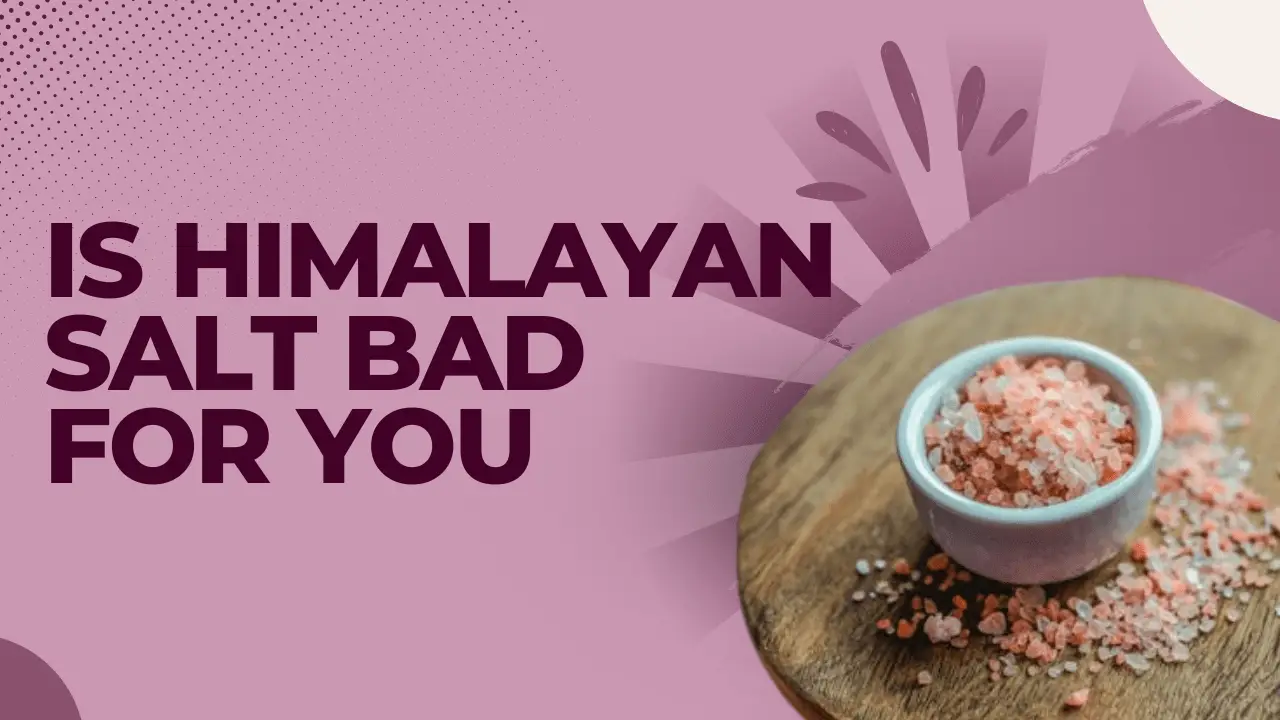What to Eat When Sick and Have No Appetite: A Guide to Nourishing Your Body
When you have a cold or illness, you feel uncomfortable and have a poor appetite. we explain what to eat when sick and have no appetite. What foods can you eat to relieve your discomfort? What foods can help the body recover quickly? What to eat when sick and have no appetite: 6 foods to help you recover quickly when you are sick and have no appetite 1. Cereal porridge Oatmeal or other grain porridge is a great “comfort food.” They are rich in carbohydrates, fiber, and other nutrients. When shopping, we need to buy “healthy” cereals, that is, products that are whole wheat, high in protein, high in fiber, and low in sugar. The fiber content per serving should be more than 5 grams and the sugar content should be less than 5 grams. Cereals brewed with hot milk or hot water are great foods for people with gastrointestinal discomfort. 2. Potatoes or sweet potatoes Potatoes (potatoes) or sweet potatoes are relatively easy-to-digest carbohydrates. They are rich in vitamin C and fiber, which aid in disease recovery. And, warm roasted potatoes and roasted sweet potatoes are satisfying in their own right. If your appetite is still good, consider adding a little cottage cheese or Greek yogurt to your baked potatoes for extra protein. 3. Hot chicken soup Slow-cooked chicken soup is rich in protein and fat and is a great way to replenish energy for an ailing body. A study from the Nebraska Medical Center showed that chicken soup can help relieve respiratory symptoms and reduce inflammation. However, it is better to make your chicken soup instead of drinking canned chicken soup. The latter often have various food additives that may exacerbate inflammation. 4. Ginger soup Common sense holds that ginger decoction can drive away colds and relieve colds. Research has found that it does have this effect. Ginger can prevent colds, prevent and relieve sore throat symptoms, relieve nasal congestion, and relieve inflammation. At the same time, ginger contains many ingredients, such as gingerol, which are also good for the overall health of the body. In addition to homemade ginger soup, we can also choose to brew organic ginger tea on the market. 5. Honey Honey is a better sweetener for patients than refined sugar. We can use honey to make tea, rinse water, and also season oatmeal. Elena Villanueva, founder of Modern Holistic Health, says honey’s antibacterial properties can help relieve colds or flu. At the same time, honey also has the effect of soothing the throat and relieving cough. 6. Green tea When you’re feeling under the weather, drink a cup of hot green tea to hydrate and soothe your throat. Conclusion: In conclusion, eating a healthy diet is essential for a quick recovery while you’re ill and fighting a low appetite. Foods like potatoes, chicken soup, ginger soup, cereal porridge, honey, and green tea can be included to offer comfort and vital nutrients. Not only are these foods easy on the stomach, but they are also a great source of vitamins and minerals to support your immune system. Thus, keep in mind that eating foods high in nutrients is essential to feeling better quickly, even when appetite declines. Click to learn more. FAQ: What if I can’t stomach solid foods when I’m sick? Opt for easily digestible options like cereal porridge or soups to provide essential nutrients without putting additional strain on your stomach. FAQ: Is it okay to drink coffee or soda when I’m ill? It’s best to avoid caffeinated beverages and opt for soothing options like herbal teas or water to stay hydrated and aid recovery. FAQ: Can I substitute honey with sugar in my drinks when sick? Yes, honey is a preferable option due to its antibacterial properties and soothing effects on the throat, unlike refined sugar. FAQ: Should I eat spicy foods to clear my sinuses when sick? While some find relief with spicy foods, gentler options like ginger soup or hot tea can also help alleviate congestion without irritating the stomach. FAQ: Can I drink alcohol to feel better when I’m under the weather? It’s best to avoid alcohol as it can dehydrate the body and weaken the immune system, prolonging recovery time. Opt for hydrating beverages like water or herbal teas instead.

